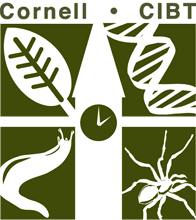Soft Rot
High School
Human Health
Microbiology
Students will investigate the bacteria (plant pathogens) that cause soft rot on grocery produce (that mushy mess you often see on vegetables). By bringing some of this rotting produce from the store back to the lab students can isolate bacteria that are responsible for the disease (and sometimes yeasts, other fungi, and other bacterial saprophytes). The laboratory write-up is divided into two main groups:
- Isolation: where students isolate the organisms present in the rotting vegetable using a variety of techniques. Using two different methods of dilution plating (or streaking), colonies of the pathogen should be visible a few days later growing on nutrient media. The concepts of population levels, dilution, microenvironment, saprophyte, pathogen, ecological niches and others can all enter into the discussion.
- Koch’s Postulates: where students grow larger quantities of some of the bacteria they isolated and test them for the ability to cause the same symptoms as those observed on the host. A few or many isolates can be tested. Suspect colonies are chosen and transferred to separate Petri dishes and streaked out to grow. Suspect colonies are inoculated on healthy slices of cucumber, whole or slices of potato, etc., to observe if what they isolated is capable of causing soft rot. The concepts of proper environment (mainly humidity and temperature) need to be addressed.

